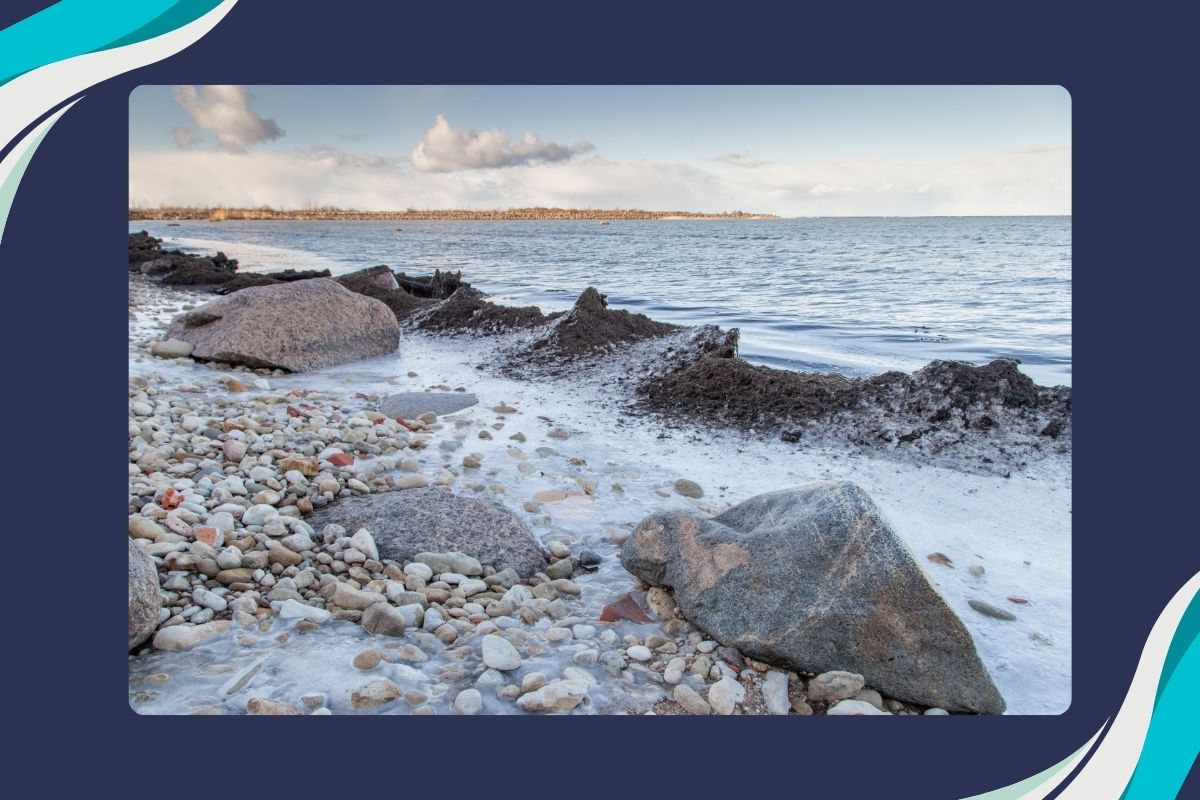How To Winterize Your Boat
Winter is coming and with it comes the cold, rain, and the potential for ice and snow. Are you prepared? You know how to protect yourself, of course, with your usual warm coverings to protect yourself from the seasonal chill. But what about your boat? The winter weather can wreak havoc on your vessel if it isn’t protected, so there is much you need to do now before the temperature drops.
Of course, one of the first things you should do is check your insurance options. This way, if your boat is damaged during winter, you will minimize the financial risk.
You can learn more about boat insurance throughout our blog and there is plenty of other information around our website for you to look at as well. Continue reading and then get in touch if you need any further information on the insurance policies we offer.
Prepare Your Boat for Winter
Besides boat insurance, you should also do what you can to winterize your boat. Keep these tips in mind so your boat has a better chance of staying in one piece throughout the colder season.
Maintain the Hull
An accumulation of ice can aggravate any gelcoat stress cracks that exist on the body of your boat and cause structural damage. It is possible to repair gelcoat cracks yourself, as you can see within the previous link. However, for larger areas of damage, seek the services of a repair professional to protect the integrity of your boat.
As part of your maintenance, you should also give your boat a good power wash to remove dirt and sea scum. A fresh coat of wax after cleaning is recommended too, as this will help your boat withstand the rigors of the winter months.
Get To Work Within the Boat’s Interior
The winter air is humid and dry and this can lead to trapped moisture within the insides of your vessel. This is a problem, as moisture can corrode your onboard electronics and it can cause the spread of mold and mildew too.
To protect the interior of your boat, remove any kind of electrical system before corrosion has a chance of settling in. Store any electronics in a dry place and then spray the boat’s electrical connections with the appropriate moisturizing lubricant.
Check around the interior for any rips in the upholstery and treat them accordingly. Here’s some advice on repairing vinyl boat seats for an idea of what you may need to do to fix your boat’s upholstery.
Clean all the brightwork on your boat to remove any grime and give the deck a good washing or vacuuming to remove any lingering debris. You then need to drain the sinks and showers in your boat before pumping the drains with anti-freeze.
Choose a Boat Cover
A boat cover is an excellent way to protect your vessel from the elements, although you need to make sure it protects the waterline. You should also make sure it can keep water and snow out but with enough room to allow for airflow to reduce the risk of mildew growth.
When choosing a cover, there are different options to consider.
Polycarp covers are a relatively inexpensive option, although you should use a frame to distribute the weight of any snow from the weak areas of your boat.
Polyvinyl covers are a suitable alternative as these are used for maximum water repellency. They are resistant to mildew too, so this is another way to counter the effects of moisture.
Shrinkwrap is another option and it can be very cheap. It is also resistant to heavy snow, but unlike a tarp, it is unlikely to be dislodged during winter.
Focus on the Engine
Corrosion, freezing, and fuel degradation are the biggest dangers to engines during the winter, so it’s necessary to focus on this aspect of your boat.
At the outset, check for any problems under the engine cover, such as frayed wires, loose connections, and cracked hoses, and fix or replace whatever is necessary. Check the condition of the belts too and adjust the tension if you have to.
The next step is to fog the engine cylinders. If you don’t, corrosion can form inside the engine, and this could cover the various components with abrasive crud. You obviously don’t want this to happen so, with the engine running, spray fogging oil onto the carburetors and keep doing this until the engine stalls. Spray fogging oil onto the cylinders too.
Engine manufacturers recommend specific aerosol products, so choose according to your boat and engine.
Draining the engine is the next step in winterizing your boat. Locate and open the petcocks, remove the water-pump hose and allow the pump to drain. If you sidestep this task, the leftover water could freeze, expand, and crack the engine block, so drain to avoid a potentially expensive situation.
Following this, change the oil in the motor to eliminate moisture and prevent corrosion. Check the boat manufacturer’s handbook for advice on how to do this. You then need to flush the water to prevent any freezing. You can do this using an engine flushing kit and around 2-5 gallons of antifreeze.
Other Important Things To Do
There is more to consider when winterizing your boat. You need to charge and unplug your battery, for example, before storing it in a cool, dry place to prevent freezing. If you’re not storing your boat on your driveway, you also need to find indoor storage for it during the winter period.
For more information, check out this step-by-step guide which goes into greater detail on some aspects we have discussed here. Check out the advice given, inspect the handbook that came with your boat, and then do what is necessary to protect your vessel. The more you can do now before winter sets in, the safer your boat will be.
For more boat advice, check out our blog and contact us to explore your insurance options.
